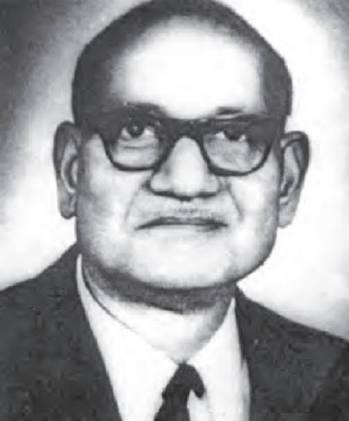Ramdeo Mishra
May 4, 2021 | 2 min read

May 4, 2021 | 2 min read

Prof. Ramdeo Mishra, revered as the father of Indian ecology was the pioneer who laid a strong foundation for ecology in India. His studies provided a turning point in Ecological Research in India and propagated a massive wave of research in this direction. After obtaining a PhD in ecology under Prof. W. H. Pearsall, FRS from Leeds University, he returned to establish ecology teaching and research at the Department of Botany, Banaras Hindu University. Under his leadership, this Department gained international recognition in the study of the ecology of tropical ecosystems.
His research laid the foundation for the understanding of tropical communities and their succession, environmental responses of plant populations, productivity and nutrient cycling in tropical forests and grassland ecosystems. Prof. Mishra formulated the first postgraduate course in ecology in India. Over 50 scholars obtained PhD under his supervision and moved to other Universities and research institutes to initiate research in ecology across the country. He played a vital role in shaping ecology as a major discipline of biological research in an Indian context where ecology remained as an untouched field.”Indian manual of plant ecology” which he co-authored with G.S Puri, became the first ecology text available in the country in 1950. Prof.Mishra was the first person who experimentally reported the population differentiation in plants. During his career, he also integrated the habitat adaptations with varying phenotypic and genotypic plasticity of plants in response to environmental conditions. The International Society for Tropical ecology founded by Prof. Mishra has played a significant role in addressing ecological issues in tropics.
He was honoured with the Fellowships of Indian National Science Academy and World Academy of Arts and Science, and the prestigious Sanjay Gandhi Award in Environment and Ecology. Due to his efforts, the government of India established the National Committee for Environmental Planning and Coordination (1972) which in later years paved the way for the establishment of the Ministry of Environment and Forests (1984).

Figure 1. Ramdeo Mishra